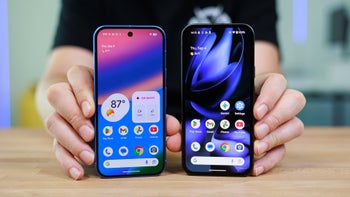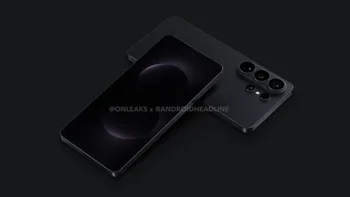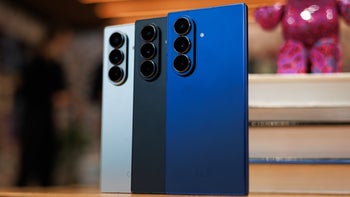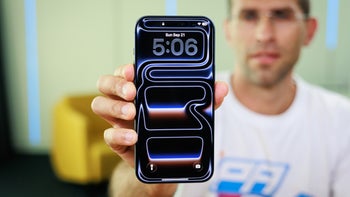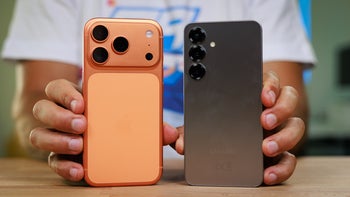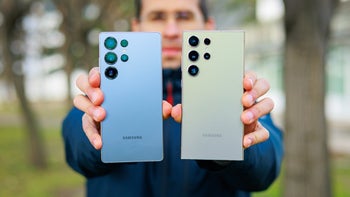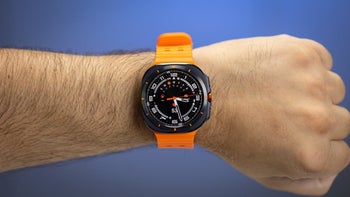- Home
- Apple Phones
- You are here
Apple iPhone 6s Plus
Full Specifications
This device is also known as Apple A1634, Apple A1687
I want it
43 users
I have it
58 users
I had it
74 users
Availability |
|
|---|---|
| Officially announced | Sep 09, 2015 |
| Prices (MSRP) |
2GB/16GB - $749 | €849 2GB/64GB - $849 | €959 |
| This device has different variants: View all | |
Design |
|
|---|---|
| Dimensions |
6.23 x 3.07 x 0.29 inches 158.2 x 77.9 x 7.3 mm |
| Weight | 6.77 oz / 192.0 g |
| Materials | Back: Aluminum |
| Biometrics | Fingerprint (touch) |
| Features | Notification light |
| Keys | Left: Volume control; Right: Lock/Unlock key |
| Colors | Gold, Silver, Rose gold, Space gray |
Display |
|
|---|---|
| Size | 5.5-inch, 67.91% screen-to-body |
| Type | IPS LCD, 500 nits |
| Resolution | 1920x1080px, 401 PPI |
| Features | Pressure-sensitive, Oleophobic coating, Scratch-resistant glass, Ambient light sensor, Proximity sensor |
| PhoneArena Display Test | |
|---|---|
| Bright Max (20% APL) | Untested |
| Bright Min | 5 (Poor) |
|
Learn more on our
PhoneArena Display Test Results page.
|
|
Hardware |
|
|---|---|
| System chip | Apple A9 APL1022 |
| Processor |
Dual-core Twiste |
| GPU | PowerVR GT7600 |
| Memory |
2GB (LPDDR4)/128GB 2GB/16GB 2GB/32GB 2GB/64GB |
| Storage expansion | not expandable |
| OS | iOS (15.x, 14.x, 13.x, 12.x, 11.x, 10.x, 9.x) |
| This device has different variants: View all | |
Battery |
|
|---|---|
| Type | 2750 mAh, Li - Ion |
Camera |
|
|---|---|
| Rear | Single camera |
| Main camera |
12 MP (Sapphire crystal lens cover, OIS, PDAF, BSI sensor) Aperture size: F2.2 Focal length: 29 mm Sensor size: 1/3" Pixel size: 1.22 μm |
| Flash | Dual LED |
| Video recording |
4K UHD (30 fps), 1080p (120 fps), 720p (240 fps) OIS, Time-lapse video, Continuous autofocus, Video calling, Video sharing |
| Front | 5 MP (HDR) |
Connectivity & Features |
|
|---|---|
| Bluetooth | 4.2 |
| WLAN |
a,b,g,n,ac,dual-band MIMO, Hotspot 802.11 a, b, g, n, ac |
| USB | Lightning |
| Sensors | Accelerometer, Gyroscope, Compass, Barometer, Ambient light sensor, Proximity sensor |
| Hearing aid compatible | M3/T4 |
| Location | GPS, A-GPS, Glonass, Galileo, Cell ID, Wi-Fi positioning |
| Other | NFC, UMA (Wi-Fi Calling), Tethering, Computer sync, OTA sync, AirDrop |
Multimedia |
|
|---|---|
| Headphones | 3.5mm jack |
| Speakers | Earpiece, Loudspeaker |
| Features | Album art cover, Background playback |
Cellular |
|
|---|---|
| LTE Bands | 1, 2, 3, 4, 5, 7, 8, 12, 13, 17, 18, 19, 20, 25, 26, 28, 29 |
| TDD Bands | 38, 39, 40, 41 |
| 3G Bands | 1, 2, 4, 5, 8 |
| Data Speed | LTE-A Cat 6 (300/50 Mbit/s), HSPA, HSUPA |
| SIM type | Nano SIM |
| HD Voice | Yes |
| VoLTE | Yes |
| This device has different variants: View all | |
Regulatory Approval |
|
|---|---|
| FCC approval |
Date approved: Sep 09, 2015 FCC ID value: BCG-E2944A |
| Measured SAR |
Head: 0.91 W/kg Body: 1.14 W/kg Simultaneous Transmission: 1.56 W/kg Wireless Router: 1.14 W/kg |
Alternative variants
with 16 GB storage
| Differences from the main variant: | |
|---|---|
| Memory | 16GB |
| Prices (MSRP) | $749 | €849 |
with 64 GB storage
| Differences from the main variant: | |
|---|---|
| Memory | 64GB |
| Prices (MSRP) | $849 | €959 |
| Differences from the main variant: | |
|---|---|
| LTE Bands | 1, 2, 3, 4, 5, 7, 8, 12, 13, 17, 18, 19, 20, 25, 26, 28, 29, 30 |
with 32 GB storage
| Differences from the main variant: | |
|---|---|
| Memory | 32GB |
Despite our efforts to provide full and correct Apple iPhone 6s Plus specifications, there is always a possibility of admitting a mistake. If you see any wrong or incomplete data, please
If you are interested in using our specs commercially, check out our Phone specs database licensing page.
Overall User Rating
9.2
Build quality
9.7
Camera quality
9.5
Performance
9.1
Display
9.3
Battery life and charging
9.6
Value for money
10
Related News
YouTube app will no longer work on some older iPhone and iPad models
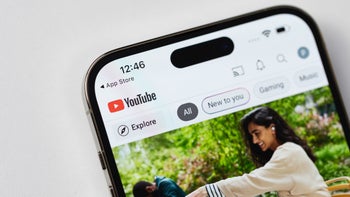
When Steve Jobs unveiled the original generation iPhone in 2007, many were surprised to see the device come with a pre-installed YouTube client. Apple even mentioned this in an ad it ran for the iPhone. "You'll be surprised by some of the stuff you f...

Canadian iPhone users can submit a claim to receive a share of Apple's Batterygate settlement
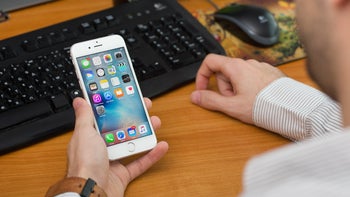
At the beginning of this year, Apple started distributing to iPhone users in the U.S. their share of the $500 million Batterygate settlement. When Apple released iOS 10.2.1 in January 2017, iPhone users had been complaining that their phones were shu...

Apple starts sending iPhone users their share of the $500 million "Batterygate" settlement
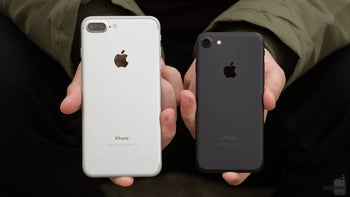
Are you old enough to remember "Batterygate?" After some iPhone users complained in 2016 that their handsets were shutting down for no apparent reason, Apple released iOS 10.2.1 in January 2017. But it wasn't until December 2017 that Apple revealed h...

Batterygate returns as Apple must defend throttling the iPhone in U.K. court

Back in 2016, owners of the iPhone 6, iPhone 6 Plus, iPhone 6s, and iPhone 6s Plus complained that their phones were shutting down after asking them to handle a task that required the processor to do heavy lifting. This was blamed on the weaker batte...

Discover More
- Apple iPhone 6s Plus Review
- Samsung Galaxy Note 7 vs Apple iPhone 6s Plus
- Moto Z Force Droid vs Apple iPhone 6s Plus
- LG G5 vs Apple iPhone 6s Plus
- Samsung Galaxy S7 edge vs Apple iPhone 6s Plus
- Otterbox Statement Series Case Review
- Apple iPhone 6s Plus vs LG G4
- Apple iPhone 6s Plus vs Motorola Moto X Pure
- Apple iPhone 6s Plus vs Samsung Galaxy S6 edge+
- Apple iPhone 6s Plus vs Samsung Galaxy Note5

